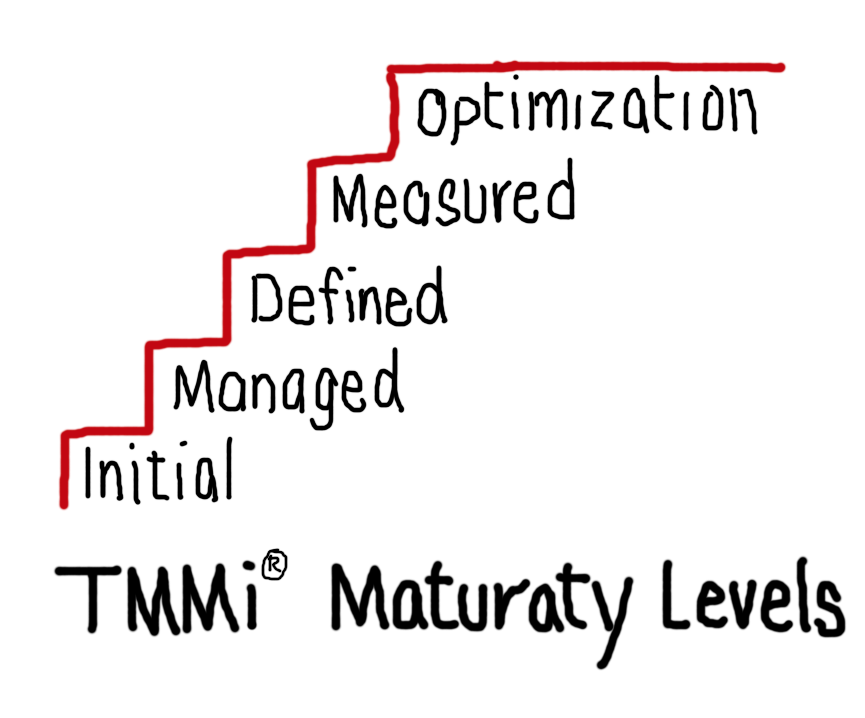
What is JUnit?
JUnit is a unit testing framework for the programs written in Java programming language. Testing is a process to check the functionality of an application to see that it is working as per the requirements. To ensure this thing at a developer level, unit testing is done. Unit testing is a testing of single entity i.e. class or method. Unit testing is very essential to each and every software company to give a quality product to their customers.
JUnit is important tool for software development using test-driven development. JUnit is one of the family of unit testing frameworks which are collectively known as xUnit that originated with JUnit. JUnit is an open source testing framework which is used to write and run repeatable automated tests, so that the developers can ensure that the code works as expected. JUnit is widely used in industry and can be used as stand alone Java program i.e. from the command line or within an Eclipse IDE.
JUnit provides assertions for testing expected results. In simple meaning an assertion is a statement in Java that enables us to test the assumptions about the program. Each such assertion contains a Boolean expression that the developer believe will be true when the assertion executes. Besides this, JUnit also provides test features for sharing common test data and test suites for easily organizing and running tests. It contains both graphical as well as textual test runners.
JUnit is used to test an entire object or a part of part of an object i.e. a method or some interacting methods. It can also be used to test interaction between several objects. JUnit promotes the idea of first testing then coding, that emphasizes to set up a test data for a piece of code which can be tested first and can then be implemented. The approach is to test a little then code a little again test a little and so on. This technique increases programmer’s productivity and the stability of the program code. This overall reduces the programmer stress and time spent on debugging.
Why to use JUnit?
JUnit ensures that the code works as intended. It ensures that having a high test coverage of the code allows the programmer to continue developing features without having to perform lots of manual tests.
Also, JUnit allows programmers to write code faster while increasing code quality. It is also very simple to use JUnit and takes less time to execute tests. JUnit tests can be run automatically and it can check the results and also provide a feedback. So there is no need to manually look at the test results. Hence, it is better to use automation testing tool for performing unit tests. If the test needs to be done for Java programming then we need to use JUnit automation unit testing tool to test the Java program.
Who uses JUnit?
The other question that arises that arises is that who needs to perform unit testing i.e. the developers or the testers. The answer is JUnit is mostly used by developers. JUnit is used to perform unit testing, which is a coding process rather than a testing. But there are many testers or Quality Assurance engineers that use JUnit tool to perform unit testing.
Features of JUnit
- JUnit is used for writing and running tests.
- JUnit provides annotation to identify the test methods.
- JUnit provides assertions for testing results expected by the programmer.
- JUnit provides test runners for running tests.
- JUnit allows programmer to write code faster with increasing quality.
- JUnit is very simple to use and takes very less time for executing tests.
- JUnit can be run automatically and it can check own results and provide immediate feedback.
- JUnit test can be organized into test suites containing test cases and even other test suites.
- JUnit has a test progress bar that is green in color if test goes fine and it turns red when the test fails.
Tools similar to JUnit
Java developers mostly prefer the JUnit testing framework, Jenkins continuous integration server and Git version control system. There was a survey conducted which reveals that most of the developers are using JUnit, making it the most used single technology across the entire Java landscape. But there are couple of new frameworks and testing tools also available. They are Arquillian, JTest, The Grinder, TestNG, JWalk, Mockito and Powermock.
Pros of JUnit
- Quick and easy generation of test cases and test data
- Ability to reuse older test cases as well as test data for making a new test case
- It enhances productivity and reduces production cost
- It promotes and supports Test Driven Development
- Excellent and comprehensive reporting technique
- It is supported by almost all IDE’s
- Any new member in the development team can easily understand the test cases written and managed using JUnit
Cons of JUnit
- JUnit only tests the functionality of the unit themselves. It cannot check for errors that occur on integration level.
- It cannot detect performance issues and memory leaks
Conclusion
JUnit is the most popular testing framework in Java. It is supported by almost all the IDE’s. It provides a very simple and flexible support for a developer to make sure that the code written is robust since it helps to identify the defects in the initial stage of the development. The more number of unit test done on the code, the better is the final developed application. It is very useful in a Test Driven Development approach. Also, multiple tests can be clubbed into a single test suite.




